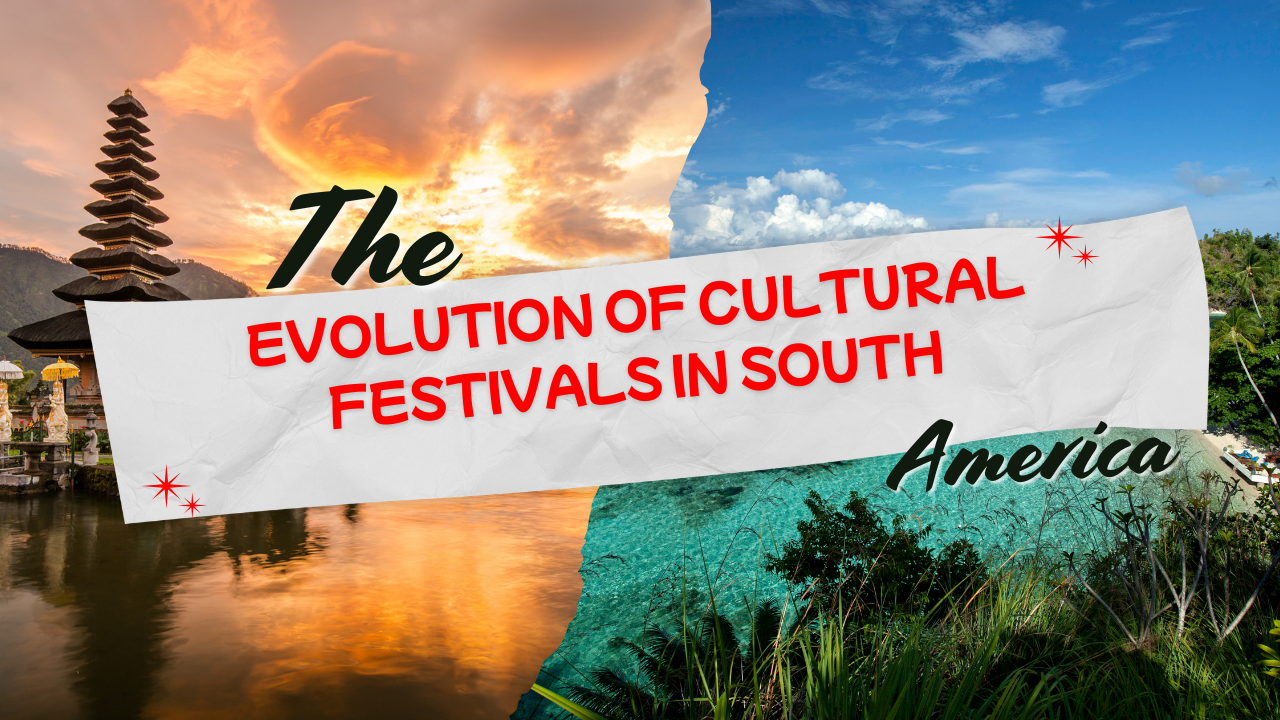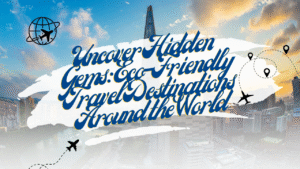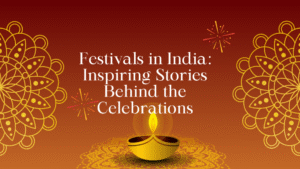South America is a land of rhythm, color, and spirit, and nowhere is this better reflected than in its cultural festivals. From the highlands of Peru to the bustling streets of Rio de Janeiro, cultural festivals in South America serve as living expressions of identity, resilience, and joy. But these celebrations didn’t just appear overnight—they carry centuries of transformation, adaptation, and cultural exchange.
Table of Contents
Historical Roots of South American Festivals
Long before European ships landed on South American shores, indigenous peoples had their own celebrations deeply connected to nature, astronomy, and spirituality. Cultural festivals in South America honored the sun, the harvest, and the gods who sustained life. For example, the Incas celebrated Inti Raymi, a grand festival dedicated to the Sun God, while Amazonian tribes held seasonal ceremonies tied to rivers and forests.
Impact of Colonization
When the Spanish and Portuguese arrived, they brought Christianity and European traditions, reshaping indigenous celebrations. Yet, instead of erasing them entirely, the result was a fascinating fusion. Native rituals were often intertwined with Catholic practices, giving rise to hybrid festivals that blended two worlds into one vibrant identity.
Religious Influence
Religion still plays a powerful role in many South American festivals. Cultural festivals in South America such as Catholic celebrations like Semana Santa (Holy Week), are infused with indigenous rituals, turning processions into colorful parades. This blending of faiths—called syncretism—ensures that spiritual traditions live on, even under the guise of Christian festivities.
Carnival: The Icon of South America
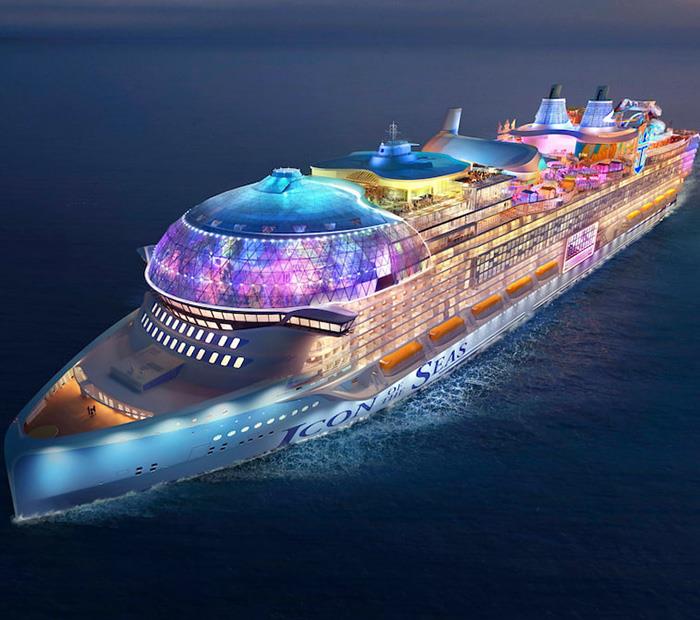
No festival embodies South America’s energy more than Carnival. With roots in European pre-Lenten festivities, Carnival exploded into a spectacle of samba, costumes, and parades in Brazil. Other countries, like Colombia and Bolivia, have their own versions, each infused with local music, dance, and mythology. Today, Carnival attracts millions of tourists and has become a cultural ambassador of South America to the world.
Indigenous Celebrations
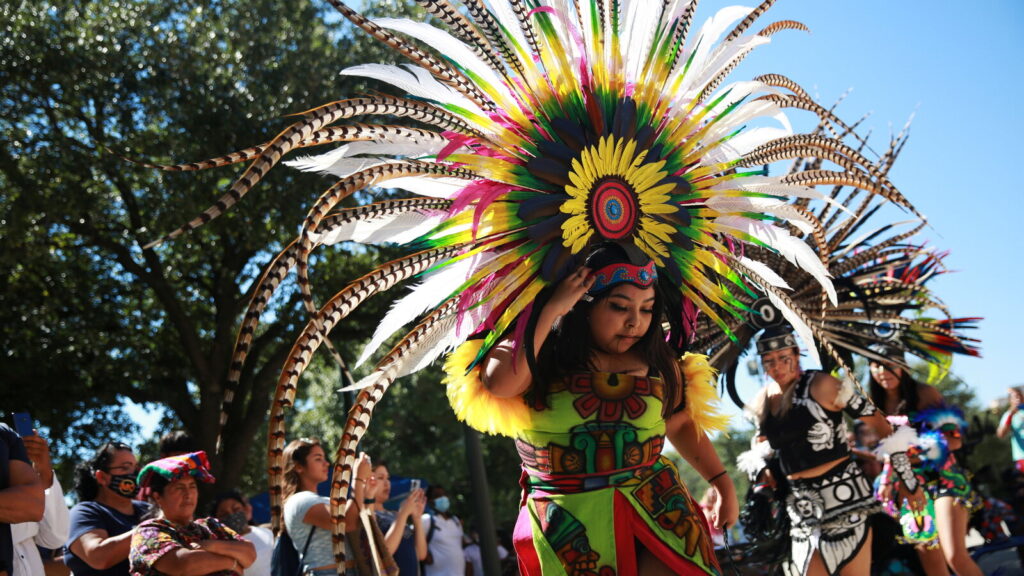
Despite centuries of change, indigenous festivals remain alive. Peru’s Inti Raymi still gathers thousands to honor the Sun God with ancient rituals. In Chile and Argentina, the Mapuche people continue their traditional ceremonies, emphasizing a deep respect for land and ancestry. These festivals are more than performances—they are acts of cultural survival.
African Heritage and Festivals
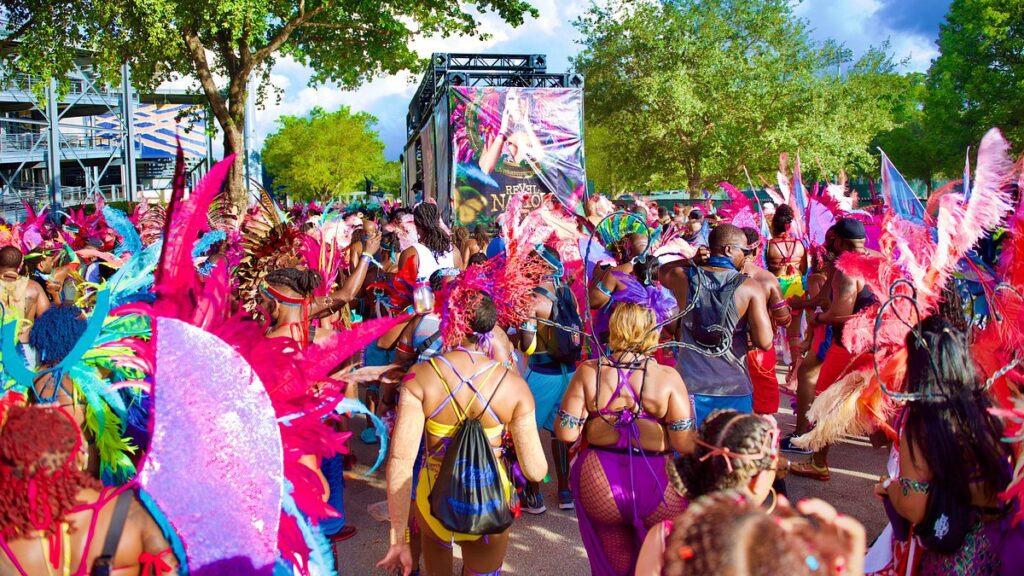
The African diaspora also left an indelible mark on South American festivals. Enslaved Africans brought music, rhythms, and spirituality that merged with local traditions. In Brazil, Candomblé rituals and Samba rhythms became central to Carnival. In Colombia, Currulao dances highlight African drums that pulse with history and resistance.
Music as the Heartbeat of Festivals
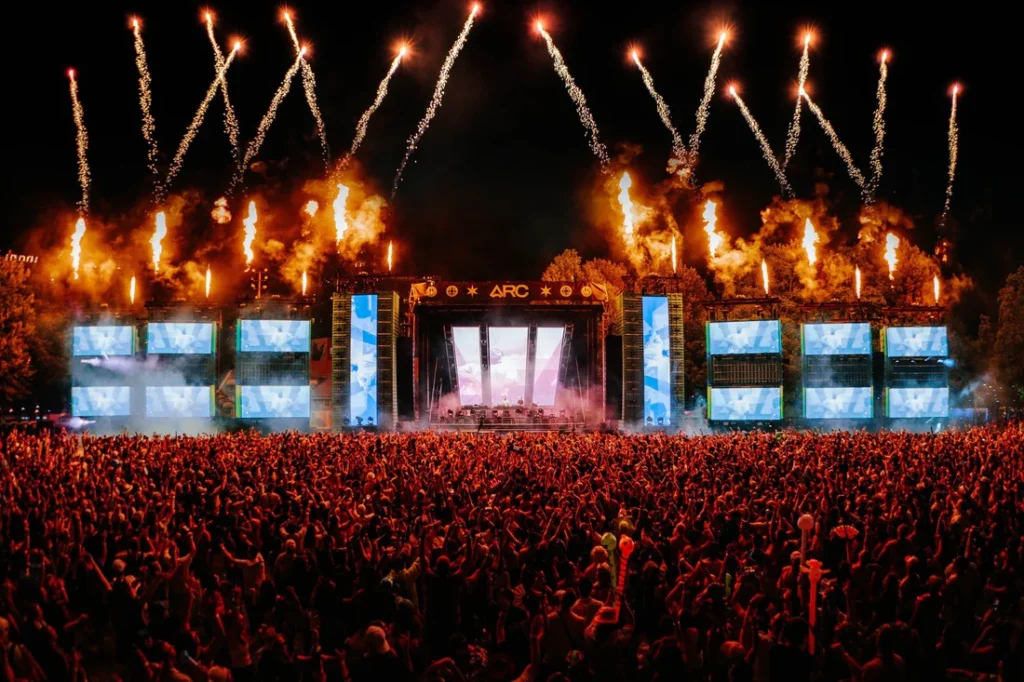
If you close your eyes during any South American festival, the first thing you’ll notice is the music. Indigenous flutes, Andean panpipes, African drums, and Spanish guitars blend seamlessly into unique rhythms. Today, traditional sounds are mixing with modern beats like reggaeton and electronic music, creating a festival experience that appeals to younger generations without losing its roots.
Dance as Cultural Expression
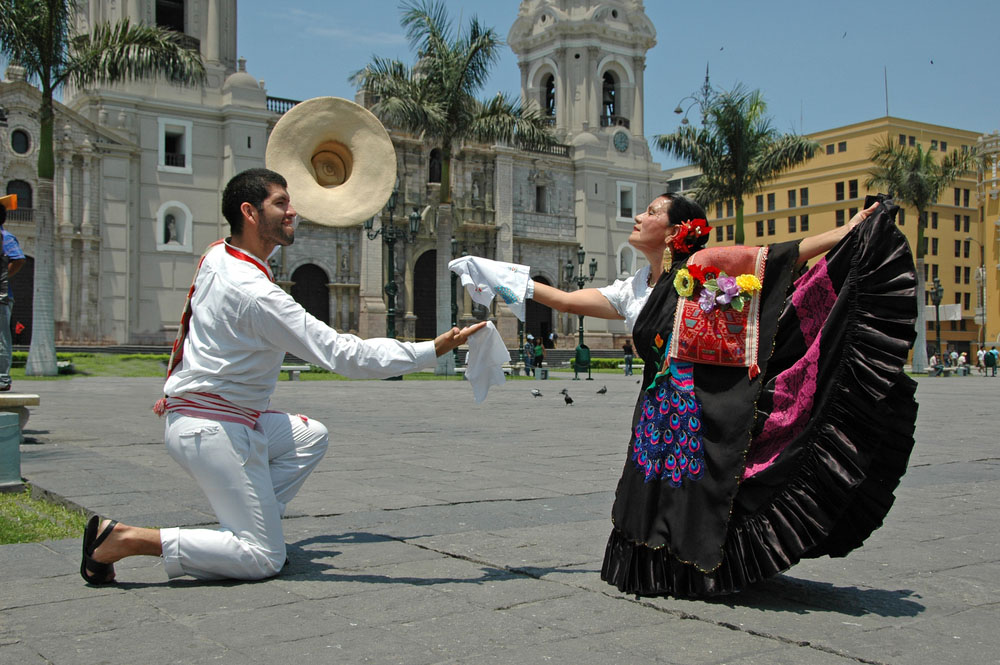
Dance is the body’s way of storytelling in South America. The sensual tango of Argentina, the explosive samba of Brazil, and the playful Caporales of Bolivia all started as cultural rituals before evolving into global phenomena. Each step, spin, and rhythm carries the history of migration, resistance, and joy.
Modernization of Festivals
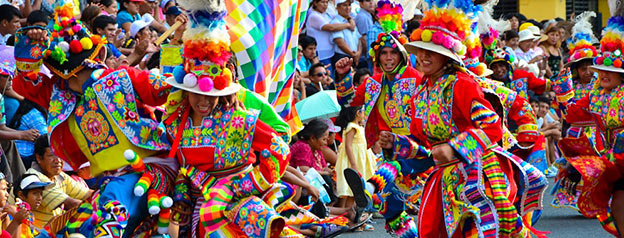
As tourism grows, festivals have adapted. Governments now sponsor events, and social media amplifies their reach worldwide. A festival in a small village can suddenly trend globally, attracting visitors from across the planet. While this visibility boosts pride, it also raises questions about commercialization and authenticity.Economic Impact of Festivals
Festivals aren’t just cultural showcases—they’re economic lifelines. From costume makers to street vendors, entire communities rely on these events. Brazil’s Carnival alone generates billions in tourism revenue, while smaller festivals sustain local artisans selling traditional crafts.
Environmental Concerns
Yet, with popularity comes responsibility. Mega-festivals often leave behind waste and strain on local resources. Thankfully, eco-friendly practices—like banning single-use plastics, recycling programs, and promoting sustainable tourism—are slowly becoming part of festival culture.
Preservation of Tradition
Globalization poses a real challenge to cultural identity. The fear is that festivals might become staged spectacles for tourists rather than authentic community rituals. However, many indigenous and grassroots groups are fighting to preserve their heritage, ensuring that festivals remain deeply connected to their roots.
Future of South American Festivals
Looking ahead, South American festivals are likely to keep evolving—blending ancient traditions with new technologies. Virtual reality, live streaming, and global collaborations may change how festivals are experienced, but the soul of these celebrations will always lie in community, culture, and joy.
Also visit:
Secret Treasures: Discovering Hidden Gems in Italy
Hidden Gems in Italy: Exploring Beyond the Tourist Trail
Hidden Gems in Italy That Will Take Your Breath Away
The Best Beaches in Florida for Nightlife and Entertainment
The Best Beaches in Florida for Beach Volleyball
Conclusion
The evolution of cultural festivals in South America is a story of resilience, creativity, and unity. From indigenous ceremonies to global Carnivals, these celebrations showcase how traditions can adapt without losing their essence. Festivals are more than parties—they’re a heartbeat of identity that continues to pulse across generations.
As societies have transformed through colonization, migration, and globalization, cultural festivals in South America have become vibrant tapestries woven from diverse threads of history and experience. Each festival tells a unique story, reflecting the struggles and triumphs of the people who celebrate them. For instance, the Carnaval in Rio de Janeiro, with its dazzling parades and samba rhythms, not only entertains but also serves as a powerful expression of Afro-Brazilian culture and heritage. Similarly, the Inti Raymi festival in Cusco revives ancient Incan traditions, reminding participants of their deep-rooted connections to the land and their ancestors.
Moreover, these festivals foster community spirit and social cohesion, bringing together people from various backgrounds to celebrate shared values and beliefs. They provide a platform for artistic expression, allowing local artists and performers to showcase their talents and preserve their cultural narratives. In an increasingly globalized world, cultural festivals in South America stand as a testament to the enduring power of tradition, reminding us of the importance of celebrating our identities while embracing the richness of diversity. Through these vibrant gatherings, the spirit of South America continues to thrive, inspiring future generations to honor their heritage and contribute to the ever-evolving cultural landscape.

